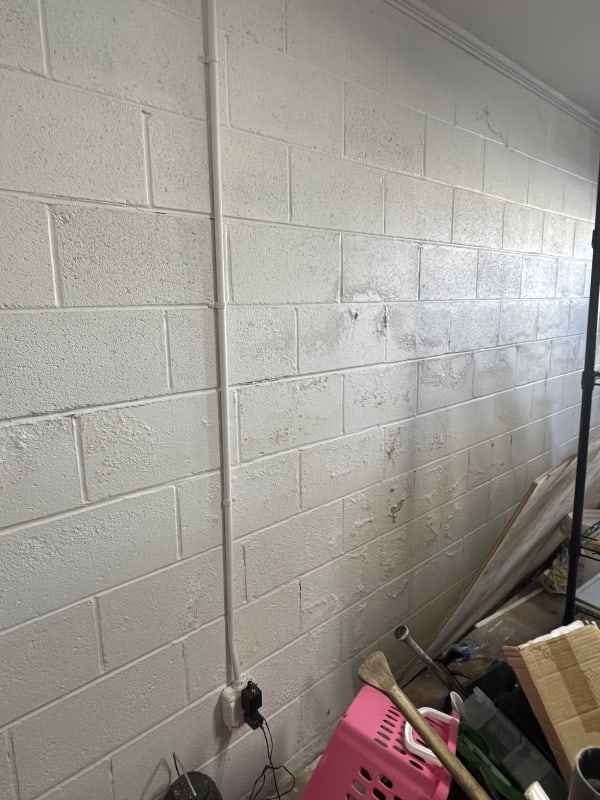I inspected a home today with a slightly cracked, leaking cinder block retaining wall. Gutter runoff seeps into the soil and runs through the cracks in the wall.
The home was built in ‘67. There have certainly been some patches over time in the wall.
No aggregate buffer, french drain, or weep holes from what I can tell.
Any thoughts here? The wall appears structurally sound but I believe the leak should be addressed.
Is there a best practice repair here? I will recommend the gutters be rerouted elsewhere.
I appreciate any insight!
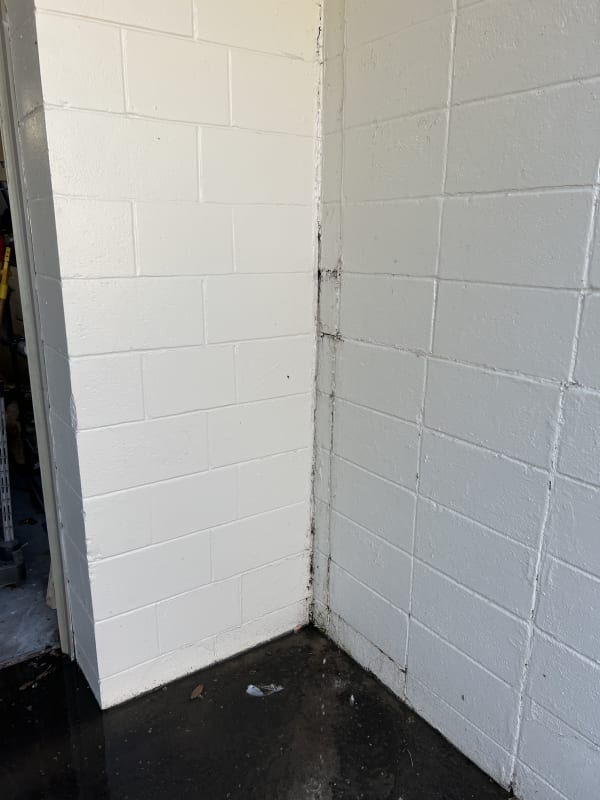
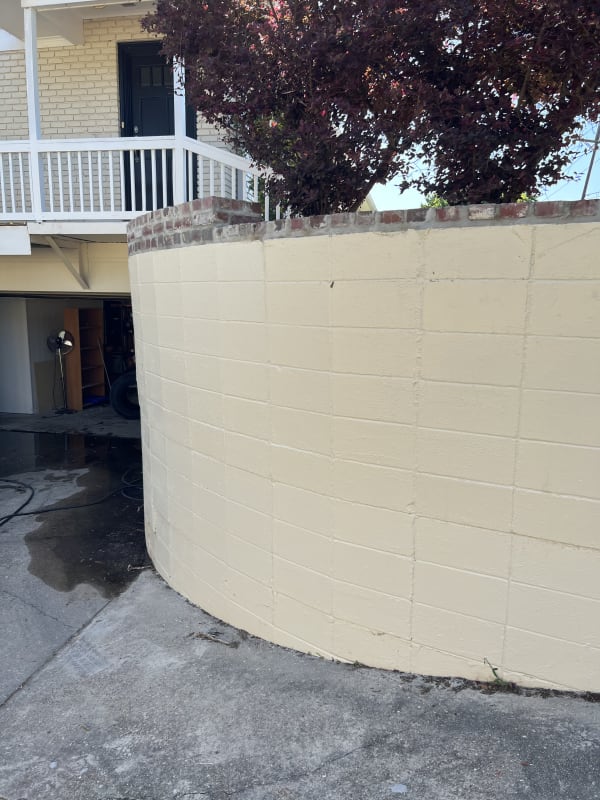
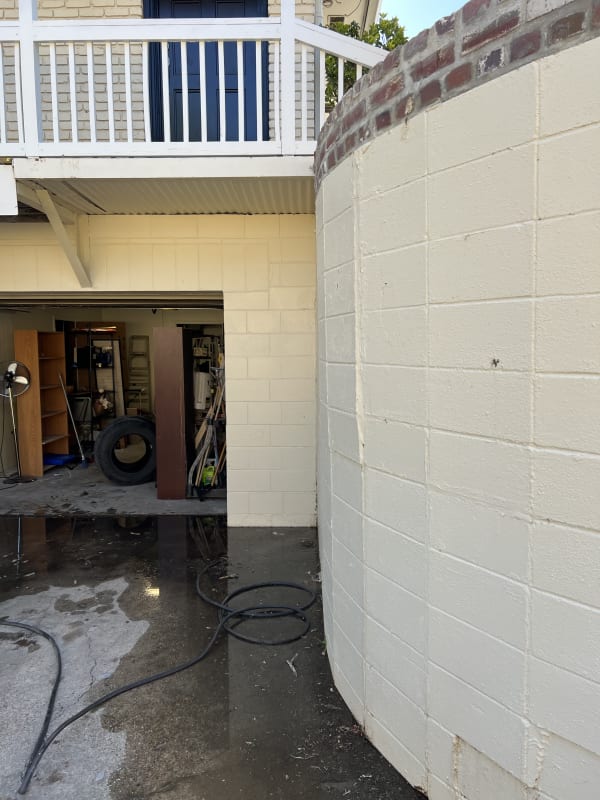
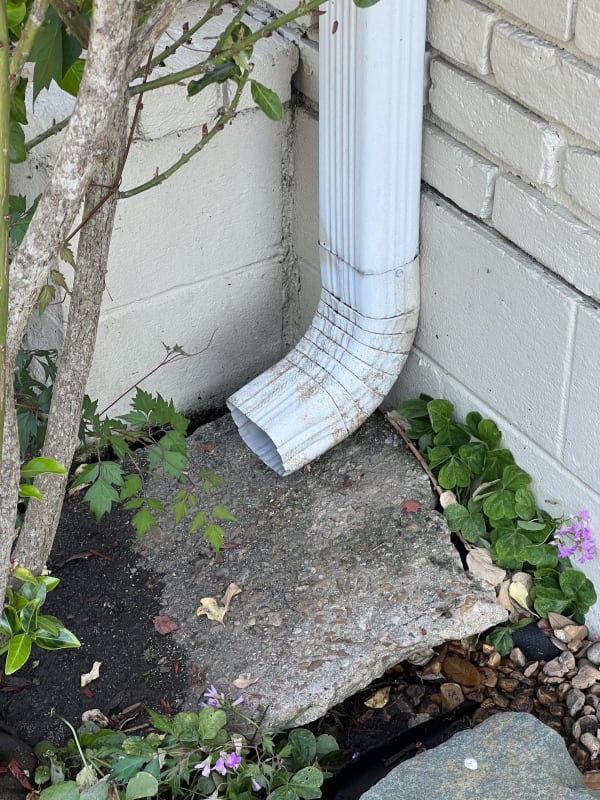
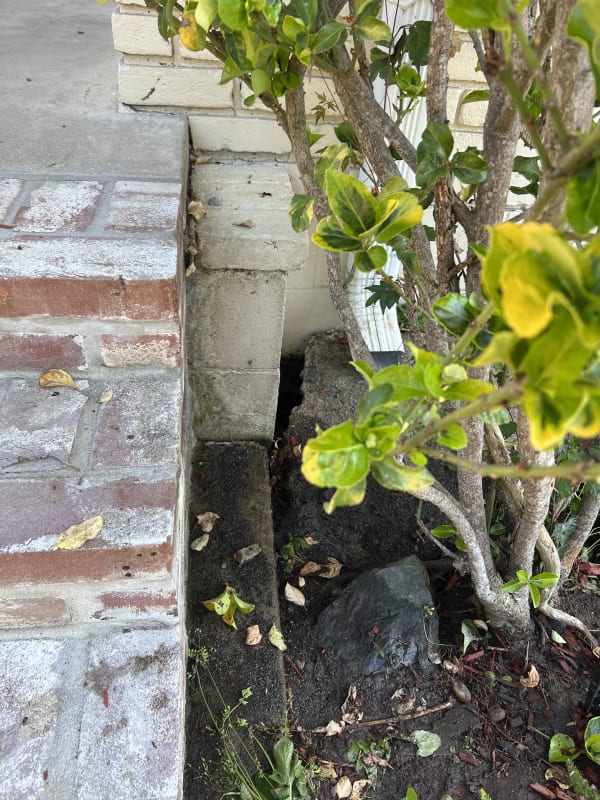
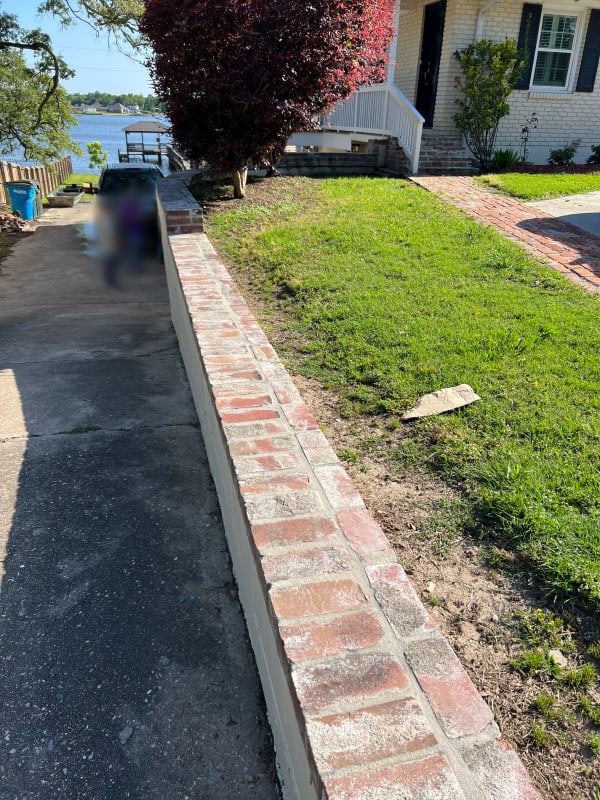
The home was built in ‘67. There have certainly been some patches over time in the wall.
No aggregate buffer, french drain, or weep holes from what I can tell.
Any thoughts here? The wall appears structurally sound but I believe the leak should be addressed.
Is there a best practice repair here? I will recommend the gutters be rerouted elsewhere.
I appreciate any insight!







